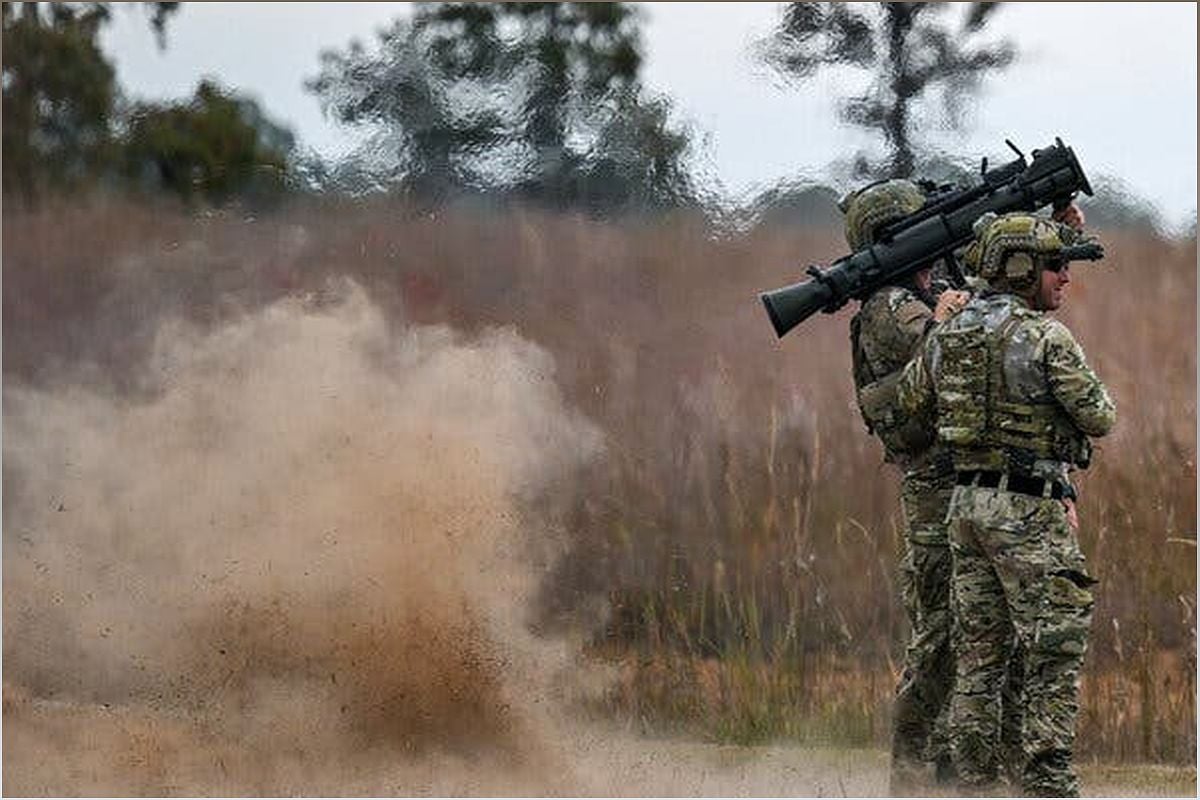The Disconnect Between Protecting Troops and Ensuring Safety: A Call for Action
In the face of mounting evidence on the dangers of blast exposure, there exists a troubling disconnect between top military leaders’ rhetoric on protecting troops’ brains and the lack of practical steps taken to ensure their safety. This article delves into the persistent use of weapons like shoulder-fired rockets, which expose troops to blast waves well above safety limits. Despite congressional mandates and the creation of initiatives to study the issue, training continues unchanged, and blast exposure remains inadequately tracked. It is time for action to prioritize the well-being of our troops.
The Persistent Danger of Blast Exposure
Explore the risks associated with blast exposure and the mounting evidence of its detrimental effects on troops’ brains.
For years, the military has operated under the assumption that blast exposure from weapons like shoulder-fired rockets is safe. However, mounting evidence suggests otherwise. Research studies have shown that repetitive blasts can lead to serious and lasting harm, causing brain injuries and impacting cognitive function.

Despite this knowledge, little has been done to limit or track blast exposure in training. Troops continue to use weapons like the Carl Gustaf rocket launcher, which delivers a shock wave well above the recommended safety threshold. This disconnect between rhetoric and action puts the well-being of our troops at risk.
The Failure to Implement Safety Measures
Examine the lack of practical steps taken by the military to ensure the safety of troops in the face of known dangers.
Despite congressional mandates and the creation of initiatives like the Warfighter Brain Health Initiative, the military has failed to take practical steps to protect troops from blast exposure. Training continues largely unchanged, with little being done to limit or track blast exposure.
Experts have highlighted simple measures that can be implemented to protect troops, such as issuing blast gauges to monitor exposure and providing real-time data to modify behavior. However, these measures have not been widely adopted, leaving troops vulnerable to the long-term consequences of blast exposure.
The Impact on Troops’ Cognitive Function
Discover the effects of blast exposure on troops’ cognitive abilities and mental health.
Studies have shown that in the days following blast exposure, troops experience a range of cognitive impairments. These include worsened memory and reaction times, coordination difficulties, and lower cognitive and executive function.
While troops may appear to recover after a few days or weeks, there is growing concern that repeated exposure to blasts can lead to permanent brain damage and long-term mental health issues. Research has linked blast exposure to an increased risk of anxiety disorders, depression, migraines, substance abuse problems, dementia, and various psychiatric disorders.
The Need for Action and Accountability
Highlight the urgency of addressing the disconnect between protecting troops and ensuring their safety.
It is crucial that the military takes immediate action to prioritize the safety and well-being of our troops. The persistent failure to implement safety measures and address blast exposure risks is unacceptable.
Accountability is essential. Congress has mandated the tracking and documentation of blast exposure, but the military has been slow to comply. It is time for leaders to fulfill their responsibilities and provide the necessary resources and support to protect our troops.
Our servicemen and women put their lives on the line to defend our nation. It is our duty to ensure their safety and provide them with the necessary tools and measures to mitigate the risks they face in the line of duty.
